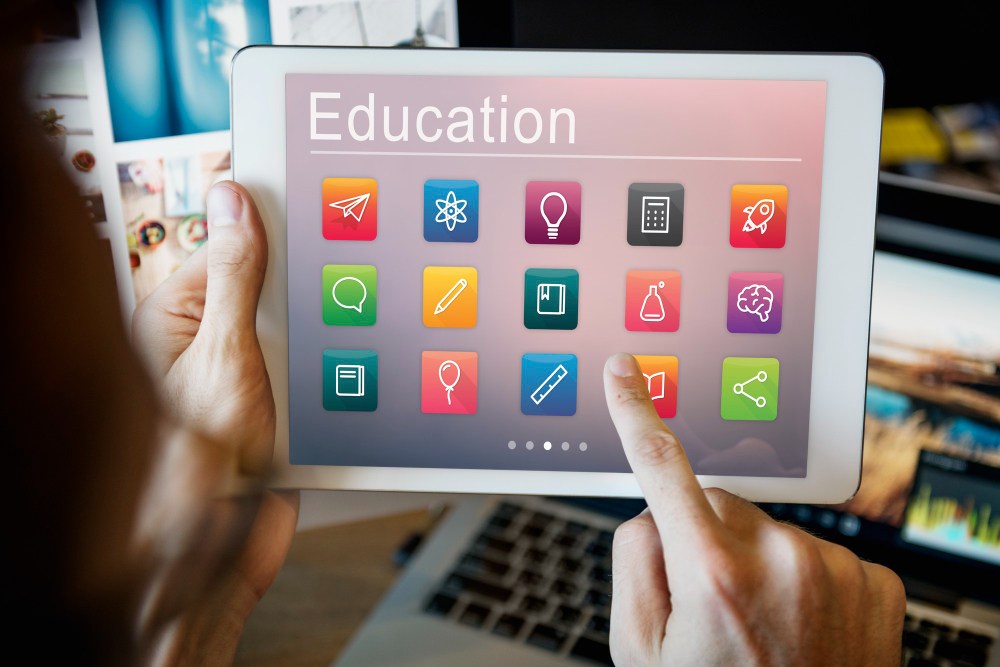Gamification has become a transformative force in eLearning, revolutionizing the landscape of content development and delivery. By integrating game mechanics into training modules, organizations are crafting more engaging and interactive learning experiences. The key lies in understanding the psychological underpinnings of gamification and how it influences motivation and knowledge retention. Companies across industries are gradually embracing gamification to enhance employee skills, making learning a more captivating and rewarding journey.
The primary allure of gamification is its ability to turn mundane training modules into immersive experiences. Elements such as point scoring, leaderboards, challenges, and rewards stimulate the competitive spirit and motivate learners. These game-like features cater to the human drive for achievement, recognition, and social interaction, turning passive learning into an active process. As a result, participants engage more deeply with content, enhancing comprehension and retention rates.
Gamification transcends traditional eLearning boundaries, merging learning with entertainment to maximize educational value. Employees today encounter a digital-native environment where attention spans are fleeting. Gamification effectively addresses this by offering short bursts of interactive content, which mirrors the quick and engaging nature of modern technology. The use of narratives, progress tracking, and instant feedback further enhance the engagement factor, allowing learners to immerse themselves in the experience, thus boosting skill acquisition and application.
Various industries have reported remarkable outcomes from incorporating gamification into their eLearning strategies. For instance, in the healthcare sector, professionals undergo simulations with gamified elements to master critical procedures without the risk of real-world consequences. In retail, employees engage in game-based scenarios to fine-tune customer service skills. By mimicking real-life challenges in a controlled environment, employees gain practical experience that translates seamlessly to their daily roles, ultimately resulting in enhanced performance and productivity.
Developing and implementing gamified eLearning modules requires a strategic approach. Organizations must identify core learning objectives and tailor game mechanics accordingly. It’s crucial to strike a balance between challenge and accessibility, ensuring that content remains educational while delivering a sense of accomplishment. Regular updates and iterations based on learner feedback are paramount to keeping content fresh and engaging. A dynamic and evolving platform encourages continuous learning and growth among employees, fostering a culture of lifelong learning within the organization.
The future of eLearning promises to be even more exciting with advancements in technology, particularly in areas like virtual and augmented reality. These innovations will amplify the potential of gamification by offering real-world simulations that are vastly immersive and life-like. Imagine trainees participating in virtual reality-enhanced scenarios that allow them to navigate complex environments or use augmented reality overlays to practice technical skills and solutions in a risk-free setting. As technology continues to evolve, so too will the opportunities for unprecedented levels of engagement and skill development in eLearning.
Gamification stands at the helm of a new age in eLearning, unlocking unprecedented potential in content development and delivery. By leveraging the intrinsic motivations that games naturally evoke, organizations create more engaging and impactful learning experiences. As businesses recognize the immense potential of gamified training, it’s clear that gamification will continue to shape the future of workplace education, driving innovation and transforming how employees learn and grow.
